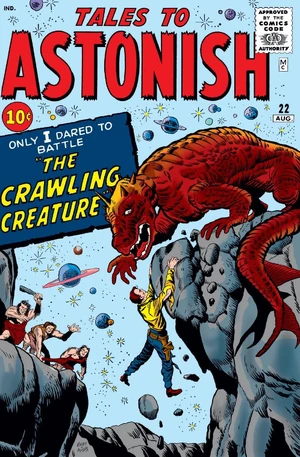Gregg Allman died at the end of May. I have been meaning to say something about his first solo album, Laid Back (1973), a gold record that reached high up the charts in both Canada and United States. I have listened to Laid Back off and on my whole life: first as a child -- it was a staple of my parents' record collection in the 1970s -- and then as an adult -- it provided a musical accompaniment to my meager peregrinations as a bachelor.
Laid Back beautifully documents the Hippie Weltanschauung during the Watergate era. The counterculture revolution had failed to overturn the established political order, but it had successfully produced a massified bohemia. Nixon won an historic landslide in 1972, but by October of 1973, when Laid Back was released, he was desperately trying to keep hold of his presidency after the Saturday Night Massacre.
It is this combination of cooling New Left revolutionary fervor (how many got sucked in by McGovern?) with an enormous political crisis of the major parties, plus a massified bohemia, that creates a truly unique period. There was an absolute confidence that the old way of doing things was done, yet there was no urgency to come up with a new scheme. The horizon wasn't blasted wide open by brilliant psychedelic sunshine, as it had been at the end of the 1960s, but it was roomy and familiar. There appeared to be no impediments to free movement. So instead of more fussing and fighting and erecting of new worlds, why not just kick back on the couch or putter around the yard? Why not just be laid back?
The other night I happened to see the opening of Lindsay Anderson's classic film from 1973, O Lucky Man! Alan Price, like Gregg Allman, a keyboard player (he founded the Animals), captures the post-failed-revolutionary chic of the Watergate era.
The Watergate era ends with Jimmy Carter's election. (That's why The Last Waltz, filmed on Thanksgiving 1976 and released the spring of 1978, is an essential document because it captures the cultural exit of the Hippie; it also corresponds with the rise and fall of first wave Punk.)
The Watergate era I would mark as beginning in the spring of 1973, when the Senate Watergate Committee got cooking, until the summer of 1976 and the hurricane of propaganda unleashed by the U.S. Bicentennial. A little over three years.
I remember the period fondly because it was the last time my family was together under one roof. We lived in a large Victorian house in a town at the foothills of the Santa Cruz Mountains. There was a carriage house and spacious grounds filled with frog ponds and old trees.
I remember intently studying the Laid Back cover art of Mati Klarwein. I remember taking a trip to the hardware store with my father on a Saturday afternoon as "Midnight Rider" played on the car radio, a long-haired, long-bearded Hippie standing in a front yard next to a tire swing as we drove by.











